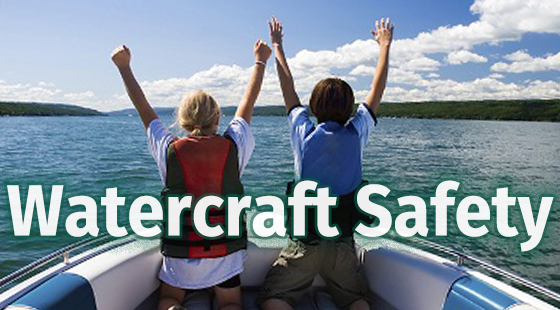North Atlantic Blue Crab (Callinectes sapidus)
Color: Olive green carapace, with brilliant blue claws. Females have red-tipped claws.
Size: Up to nine inches long from point to point, and four inches from head to tail.
Habitat: Shallow and brackish waters, eelgrass beds, muddy bottoms.
Seasonal appearance: Early spring to late fall. Description Blue crabs belong to the family of swimming crabs that also includes the lady crab.
This crab has a characteristic sharp spine projecting outward from each side of its carapace. The rear pair of legs acts as paddles, making these crabs excellent and rapid swimmers. The blue crab has two, stalked, compound eyes, which are controlled separately and can lay back into sockets in the shell.
Life History and Behavior: Blue crabs, like all crustaceans, grow by molting, or shedding their shell. Blue crabs molt every few weeks when they are young, but only once a year when they are older. Molting begins when a thin line appears down their backs. For adult crabs, molting occurs in the summer months, leaving them soft and defenseless for several days. At this point, they are known as “peelers.”
Blue crabs are commonly found in Rhode Island waters, although the largest population is found in the Chesapeake Bay.
The name Callinectes sapidus comes from the Latin “beautiful, savory swimmer.” As a predator, they burrow in mud with only eyes and antennae showing. Even the slightest shadow can trigger a reaction from the blue crab.
Blue crabs aggressively take on any opponent by raising claws toward their enemies while scuttling sideways to escape. They eat bivalves, crustaceans, fish, snails, live plants, dead animal matter, and even other blue crabs. Through their voracious feeding habits, they help regulate the populations of benthic organisms on which they feed.
Blue crabs are preyed upon by skates, striped bass, coastal birds, oyster toadfish, bluefish, and even sea stars during the crabs’ dormant winter months. While soft-shelled, crabs are easy prey for wading birds, other crabs, and mammals.
Special Notes

Prized seafood in their soft-shell state, blue crabs can be cooked and eaten whole, shell and all. They are harvested using dredges, crab pots, hand lines, and dip nets. Once plentiful in Rhode Island, the number of blue crabs has significantly reduced because of the pollution and the destruction of their nursery, molting, and foraging habitats.
Blue crabs need highly oxygenated water to survive. Nutrient pollution, including phosphorous and nitrogen from sewage plants, farm fields, and lawns, causes algal blooms. When the free-floating algae die and decompose, large quantities of dissolved oxygen are consumed. Under these low oxygen conditions, blue crabs will emerge from the water in large numbers to escape the deadly, deoxygenated water.
Adapted from The Uncommon Guide to Common Life on Narragansett Bay. Save The Bay, 1998.
NRPA featured the Blue Crab in the logo for our 11th Annual Turnaround Swim in 2016.
Learn more about Blue Crabs from the National Oceanic and Atmospheric Administration’s Fisheries Department.






